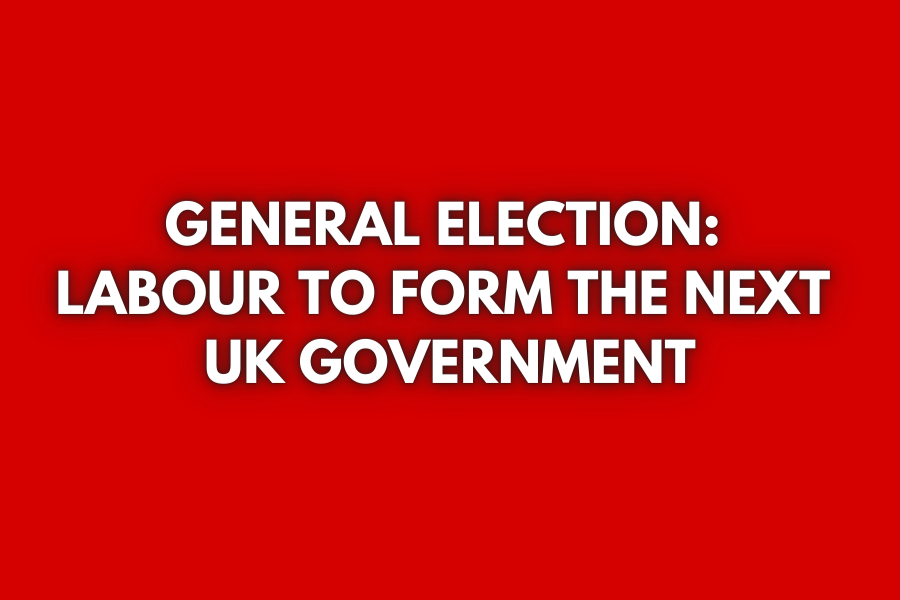More than half of the 379,000 people working in the beauty industry are are now self-employed. There is increasing evidence that these individuals, and their employers, aren’t fully aware of the tax expectations that come with self-employed and rent a chair models.
The British Beauty Council is raising awareness of HMRC guidelines to protect hair salons from being penalised
HMRC’s crackdown on disguised employment became mainstream following Supreme Court ruling in 2021 against Uber. This has had wider consequences for the gig economy, as it set a precedent for further cases in which businesses utilising self-employed individuals under ‘disguised employment’ are unearthed and brought to book.
In 2020, a landmark case unearthed ‘false self-employment’ in a Lancashire salon. Following this, the hair sector has seen numerous cases of courts and tribunal rulings against individuals working in salons across the UK who are not working in true self-employed conditions.
In order to raise awareness of HMRC expectations when it comes to employment in the hair sector, industry organisations are collaborating to highlight the guidelines and legislation business owners must follow to avoid backdated tax and other penalties.
In recent years, there have been a growing number of HMRC rulings dictating that self-employed salon teams are effectively employees, meaning that they should be entitled to sickness, holiday, and redundancy pay. This also means the employer is liable to pay employee and employers national insurance contributions, as well as VAT liabilities.
Examples of disguised employment include business owners maintaining control over self-employed individuals’ working hours and days worked, starting and finishing times, pricing, dress code, treatments and holidays.
HMRC’s employment status and rights checklist for employers and other engagers outlines the basic principles that all parties must follow: Employment status and rights: checklist for employers and other engagers – GOV.UK (www.gov.uk).
The NHBF has also worked with HMRC to produce a specific guidelines for the hair sector: VTAXPER69100 – Particular trades: Hairdressing: Guidelines agreed with the National Federation of Hairdressers – HMRC internal manual – GOV.UK (www.gov.uk)





